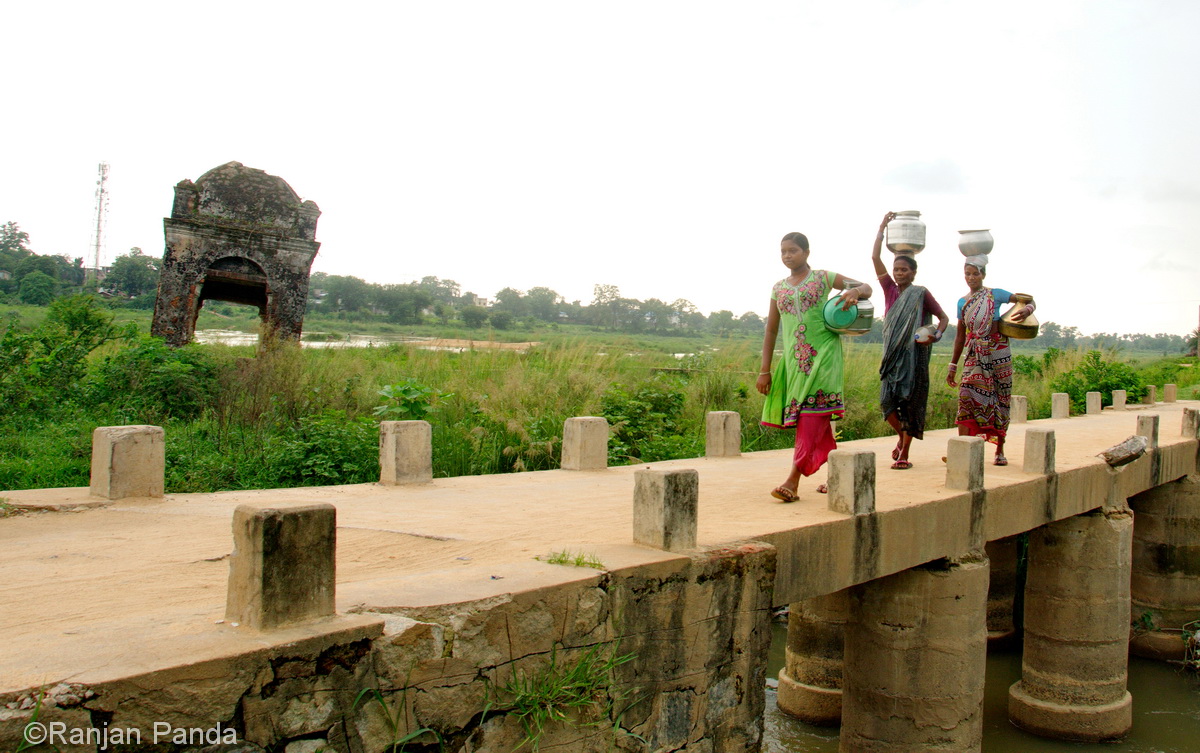Are we bracing for hottest summer ever?

With 1.5 degree Celsius warmer than average temperature recorded for the month, it has already sounded the loudest climate catastrophe warning.
 Much before the official arrival of summer in India, the world reported the hottest February in the history of meteorology.
Much before the official arrival of summer in India, the world reported the hottest February in the history of meteorology.
With 1.5 degree Celsius warmer than average temperature recorded for the month, it has already sounded the loudest climate catastrophe warning.
In fact, it just surpassed – by 0.21 degree Celsius – the 2016 January record that was 1.15-degree Celsius warmer above the long-term average for that month.
As the year begins with such devastating heat records, we should not be surprised if 2016 became the hottest year in recorded history.
2015 was the warmest year ever
The year 2015 was the hottest so far. Studies by National Oceanic and Atmospheric Administration (NOAA) found that last May was the hottest and the combined average temperature over global land and ocean surfaces for that month was the highest in a 136-year period.
Incidentally, it broke the previous record that was set only in May 2014. Reports by NOAA further pointed out that 2015 also saw the hottest March to May and the hottest January to May on record.
Extreme heat was experienced around the world notably India, Alaska in the US, parts of tropical South America, much of southern Africa, the Middle East and parts of northwestern Siberia.
The year witnessed a lot of deaths and devastations. Most of such devastations were largely attributed to El Niño, a condition in the Pacific Ocean in which sea surface temperatures rise unusually and known for causing extreme droughts, storms and floods.
The El Niño of 2015 was considered the biggest in over 15 years and could strengthen further, as has been said by the World Meteorological Organization (WMO).
El Niño has a strong co-relation with the poor monsoon. It indeed impacted Indian monsoon and despite some positive weather factors, the country suffered a 14 percent deficit rainfall during monsoon.
In some area the deficit went up to almost 47 percent and several parts of India faced severe water scarcity.
The country faced the first back to back drought in three decades, a fourth-time phenomenon in a century.
Now, we have entered into 2016 with predictions of more droughts, heat waves and fires in Southeast Asia and Australia.
Summer mayhem
Looking back at summer devastations in 2015 would prepare us well for possible mayhem this summer.
Last summer about 100 people died as the temperature soared in the Middle East and Egypt while the death toll in Pakistan crossed 1000.
Several hundred were admitted in hospitals due to heat-related illnesses.
The majority of the victims were aged, people. Many areas in Iran experienced 73 degree Celsius.
The Weather.com in last August reported that Tokyo experienced an “unprecedented” heat of over 35 degree Celsius while 90 people died in Japan, a record for the country.
North Korea took a drastic step. It ordered state agencies, factories and schools to start at 5 am as the country headed into the hottest days of the summer, ‘Sambok’, on July 20.
In India, heat wave claimed 2037, according to official figures. Most of the reports of death came from states such as Andhra Pradesh, Telangana, Odisha and West Bengal.
What’s more, all India mean the temperature rose nearly around 0.60 degree Celsius over the last 110 years.
Let’s prepare for hottest year of our life
This year, severe cases of water scarcity have started to surface from across India as early as March. This is too early, but this is real.
Climate change impacts are outsmarting humans. We have science to predict better, what we need is a mind to adapt better.
We need to seriously look at our ‘development’ projects that have become synonymous to ecological destruction. Ecology provides the best protection from climate’s devastating impacts.
Then, we need to look at the way we are urbanizing. We can build smart cities spending millions of dollars, but if we built them at the cost of forests and water bodies we are not proving to be real smart.
Let’s keep thinking and mending our ways. However, let’s also not forget that we are living with catastrophes. Stay alert, stay prepared!

(Ranjan Panda is an Indian environmentalist, water and climate change expert. He can be contacted at [email protected]).












































